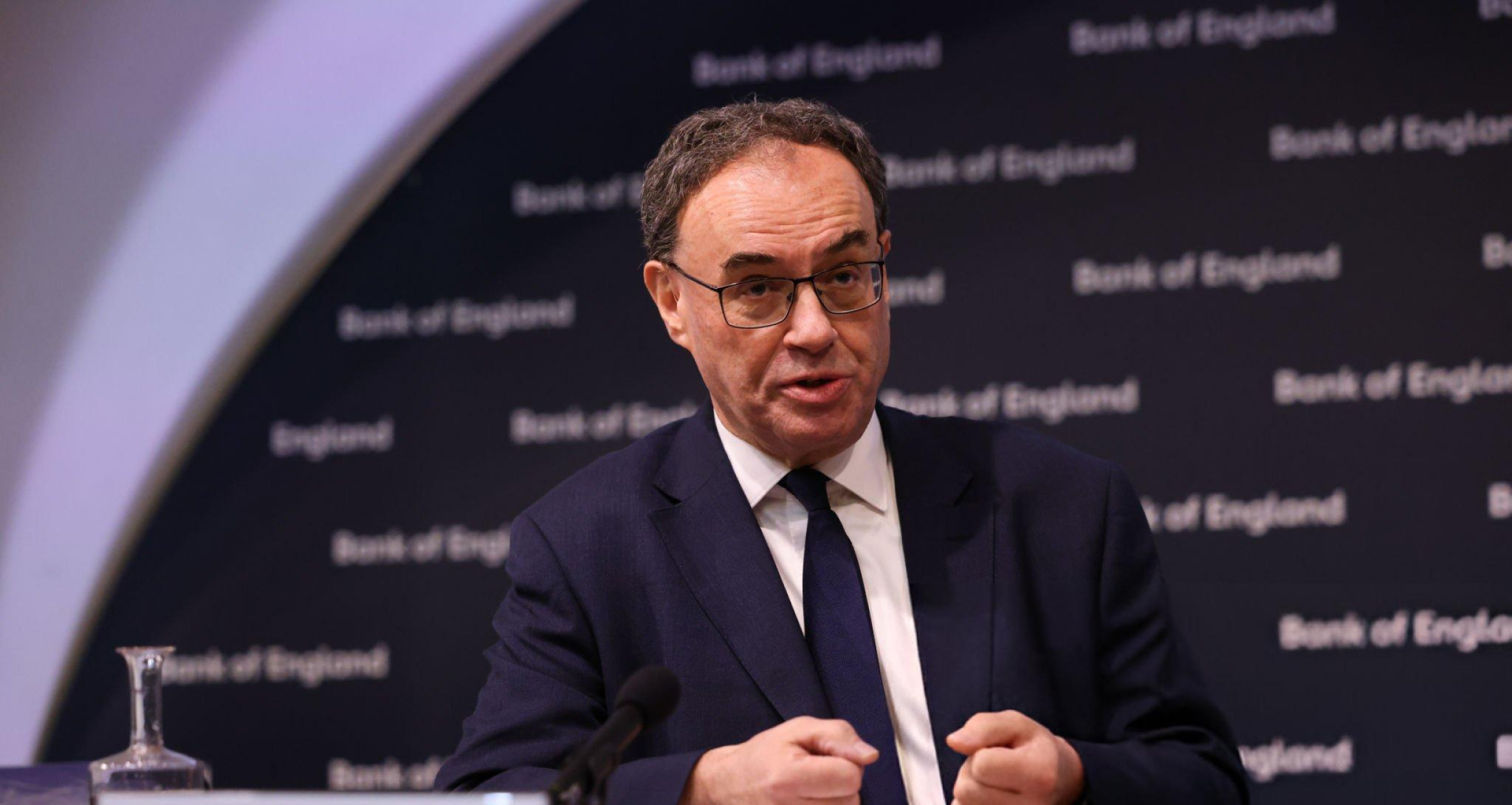Interest rate cut a ‘Certainty’ in february following weak UK economic data
A February interest rate cut now appears to be a foregone conclusion after recent economic data revealed that inflationary pressures in the UK are weaker than previously anticipated. Economists widely expect the Bank of England (BoE) to proceed with its third rate cut next month, though the longer-term path for monetary policy remains uncertain.
Inflation drops below expectations
The latest figures, released on wednesday, showed a decline in the UK’s headline rate of inflation to 2.5% in December, down from 2.6% the previous month and falling short of forecasts. This drop, while marginal, strengthens the argument for monetary easing to stimulate a struggling economy.
Of particular interest to the Bank’s rate-setters is the sharp fall in services inflation, a key measure of domestic price pressures. Services inflation fell to 4.4% in december, down from 5.0% in november and well below the BoE’s projections from november.
While the decline in services inflation was largely driven by erratic, one-off factors—expected to partially reverse next month—it nonetheless presents a rare opportunity for the Bank to reduce borrowing costs. Rob Wood, Chief UK Economist at Pantheon Macroeconomics, remarked that the fall provides a “window of opportunity” for the BoE to act before inflation rebounds.
Weak economic growth fuels rate cut speculation
Adding to the case for a rate cut is the latest data on the UK’s economic performance, which showed disappointing growth figures for november. Jamie Constable, Chief Market Strategist at singer capital markets, described the economy as “flat as a pancake” and emphasised the need for additional monetary stimulus.
“A rate cut on 6th february should now be a certainty,” he said.
Thomas Pugh, UK Economist at RSM, echoed this sentiment, stating: “The combination of weaker-than-expected inflation and economic growth means an interest rate cut in February is now a sure bet.”
Financial markets are now fully pricing in two rate cuts this year, with rising speculation about a possible third. Gabriella Dickens, G7 Economist at AXA Investment managers, anticipates even more aggressive action, suggesting that the Bank may cut rates four times in 2025 given the economic slowdown.
“Today’s data provides further evidence that restrictive monetary policy is biting,” Dickens explained.
Challenges beyond february
Despite the near-certainty of a february rate cut, the longer-term outlook is complicated. Inflation is expected to pick up in the coming months, driven by higher energy prices, a weaker pound, and the potential impact of government spending plans outlined in the upcoming budget.
Some economists predict inflation could rise above 3%, which could pose a challenge to the Bank’s ability to maintain an accommodative monetary policy stance. Nevertheless, rate-setters may prioritise addressing the sluggish economic growth over the risk of rising inflation.
Alan Taylor, a member of the Bank’s Monetary policy committee, hinted at the possibility of more aggressive monetary easing if the economy continues to weaken. Speaking in Leeds yesterday, Taylor outlined a downside scenario in which the Bank might need to cut interest rates as many as six times to stabilise the economy.
“We are in the last half mile on inflation, but with the economy weakening, it’s time to get interest rates back toward normal to sustain a soft landing,” he stated.
Balancing risks Amid uncertainty
The BoE now faces the delicate task of balancing the need to support a faltering economy with the risk of fuelling future inflation. While the February rate cut appears all but guaranteed, the path forward will depend on how inflation and growth evolve in the coming months.
Economists and investors alike will be watching closely as the Bank navigates this challenging period. For now, the consensus remains clear: a February rate cut is inevitable, but the UK economy’s uncertain trajectory will keep policymakers on high alert.







